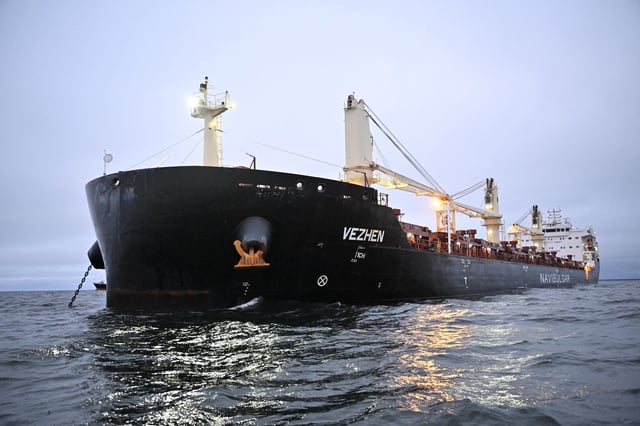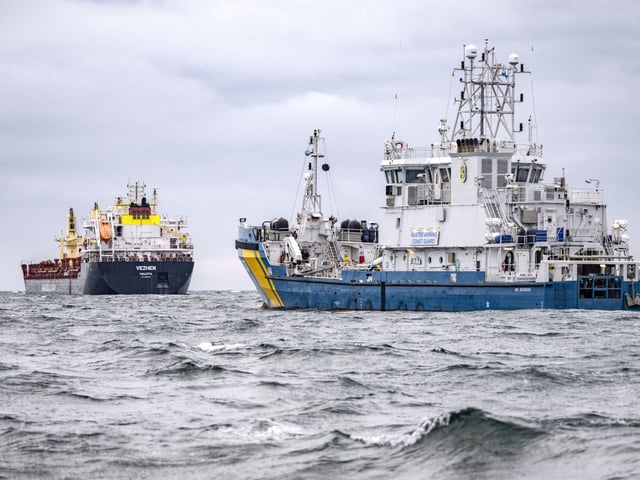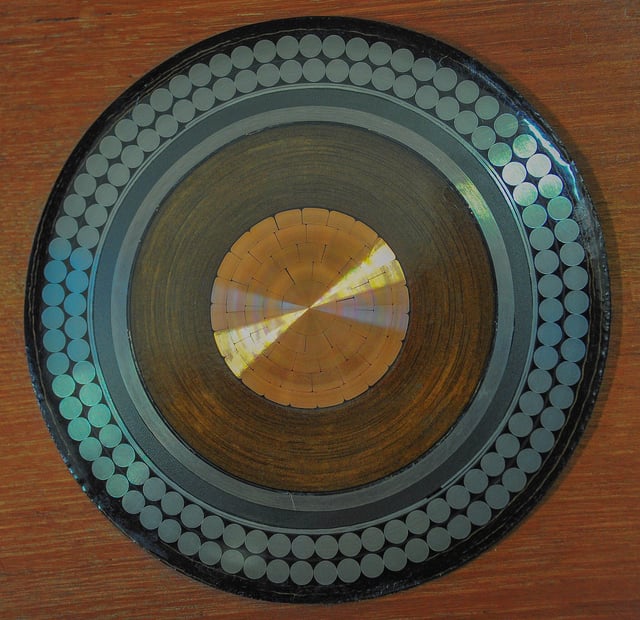Overview
- NATO's new 'Baltic Sentry' mission deploys warships, surveillance aircraft, and naval drones to monitor and deter threats to critical undersea infrastructure in the Baltic Sea.
- At least 11 cables in the Baltic have been damaged since October 2023, raising concerns about potential sabotage, though investigations suggest many incidents may be accidental.
- The damaged infrastructure includes power, communication, and gas pipelines vital to the economies and connectivity of Baltic-region nations.
- Finnish authorities suspect a Russian-linked oil tanker damaged multiple cables in December, but Western intelligence suggests most damage may be due to poorly maintained ships dragging anchors.
- NATO Secretary-General Mark Rutte emphasized the importance of protecting undersea infrastructure as part of the alliance's broader efforts to counter hybrid threats.


